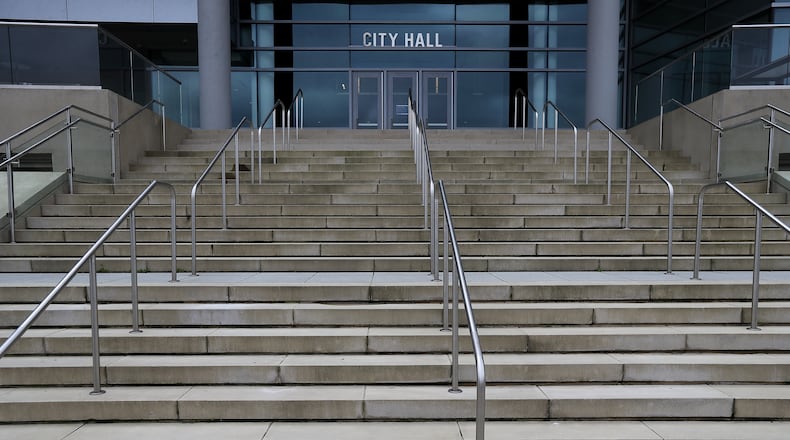Sandy Springs officials recently heard from a resident and developer on ways to create more affordable housing.
Tochie Blad brought a representative from Prestwick Construction to the Sandy Springs Development Authority meeting Thursday to explain how the city could incentivize developers to build low-income housing in such areas as the North End. Blad is not a member of the development authority but is offering to help find solutions to create housing for low-income workers.
It’s been more than a year since part one of a housing study showed Sandy Springs needs cheaper housing or the city risks becoming a less viable destination for employers. The 2020 study by HR&A advisors found renters earning less than $55,000 per year are leaving Sandy Springs because they can’t find a place to live.
Part two of the study, which would help Sandy Springs develop a housing policy, was put on hold in January 2021. Sandy Springs spokesman Jason Fornicola said the city does not have a date or funding for the next phase of the housing study.
Blad said the city needs to act on what has been learned.
“If you look at the housing needs assessment, we have to address these needs,” Blad commented during the Thursday meeting.
Josh Marx, a senior development associate with Prestwick Construction, said Sandy Springs could incentivize developers to build low-income housing by helping builders obtain funding through the Georgia Department of Community Affairs.
Marx said the state helps developers receive tax credits when building in areas where there are quality jobs and schools.
In his presentation, Marx used the North End of town, which Sandy Springs would like to see redeveloped, as an example of how 130-250 affordable workforce housing units could be built. The development authority could help the builder obtain federal financing through the state, which requires local support. Sandy Springs would have to issue a bond, he said, that would not be a debt or cost to the city or taxpayer but would demonstrate support for the project.
Separately, Marx said Sandy Springs could offer builders low interest loans up to $2 million through a debt bond approved by voters.
The city recently changed its development code for the North End to require 10% of new housing be affordable for structures above three stories.
The North End includes million dollar homes as well as several older apartment communities built in the 1980s. Rents in those complexes have increased in the last few years following major renovations to make them more upscale. The 2020 study found prices jumped more than three times faster than incomes. A one bedroom, one bath apartment at the older community Pointe at Canyon Ridge is currently renting at $2,155 per month vs. $800 in 2011.
City Councilwoman Melody Kelley, whose district includes the North End, said she supports a continued focus on affordable workforce housing in Sandy Springs.
“I’m encouraged that we are starting to have these conversations about ways or tools to further incentivize workforce housing,” she said. “The (housing) study showed a lack of housing stock.
About the Author
Keep Reading
The Latest
Featured



